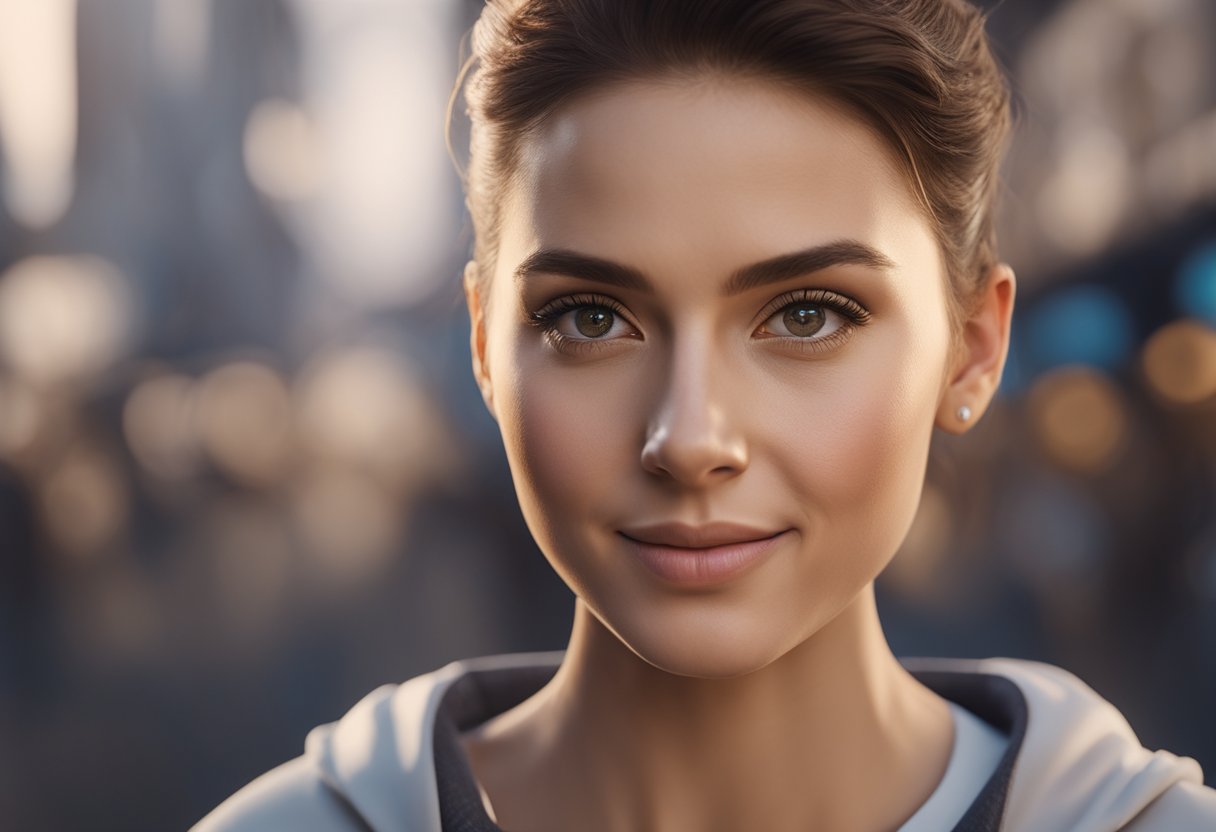
Prime lenses are a popular choice among portrait photographers due to their numerous advantages over zoom lenses. A prime lens is a lens with a fixed focal length, meaning it cannot zoom in or out. Instead, the photographer must physically move closer or further away from the subject to adjust the framing of the shot. While this may seem limiting at first, prime lenses offer several benefits that make them an excellent choice for portrait photography.
One of the primary advantages of using a prime lens for portraits is their ability to produce a shallower depth of field. This means that the subject will be in sharp focus while the background is blurred, creating a beautiful bokeh effect that draws the viewer’s attention to the subject. In this article, we will explore the advantages of using prime lenses for portrait photography in more detail, and provide tips for choosing the right prime lens for your needs.
Image Quality

They are designed to produce sharp and detailed images with high contrast and accurate colors.
Sharpness
Prime lenses have a fixed focal length, which allows them to be optimized for a specific focal length. This means that the lens can be designed to produce the sharpest possible image at that focal length. The lack of zooming mechanism also reduces the number of moving parts in the lens, which can contribute to sharper images.
Contrast and Color
Prime lenses are also known for producing images with high contrast and accurate colors. This is because they have fewer lens elements than zoom lenses, which reduces the amount of light scattering and color fringing. Additionally, prime lenses are designed to have a wide maximum aperture, which allows more light to enter the lens and increases the contrast and color saturation of the image.
Bokeh Effect
Another advantage of prime lenses is their ability to produce a pleasing bokeh effect. Prime lenses with wide apertures are able to produce a shallow depth of field, which creates a blurred background and makes the subject stand out. The bokeh produced by prime lenses is often described as creamy and smooth, which can add a professional and artistic look to portrait photography.
In summary, prime lenses offer superior image quality, including sharpness, contrast and color, and a pleasing bokeh effect, making them an excellent choice for portrait photography.
Aperture Control

Prime lenses are often preferred by portrait photographers because they allow for greater control over aperture, which affects both low light performance and depth of field manipulation.
Low Light Performance
With a wider maximum aperture, prime lenses can gather more light, making them ideal for shooting in low light situations. This means that photographers can use faster shutter speeds or lower ISO settings, resulting in sharper, less noisy images.
Depth of Field Manipulation
Prime lenses also allow for greater control over depth of field. By opening up the aperture, photographers can create a shallow depth of field, which can help isolate the subject and create a more pleasing bokeh effect. This can be particularly useful for portrait photography, where the subject is often the main focus of the image.
In addition, prime lenses typically have a more circular aperture, which can create a more natural, pleasing bokeh effect compared to zoom lenses with a polygonal aperture.
Overall, the greater aperture control offered by prime lenses can be a significant advantage for portrait photographers looking to create stunning images with a shallow depth of field and beautiful bokeh.
Portability and Weight
One of the significant advantages of using prime lenses for portrait photography is their portability and weight. Prime lenses are smaller, lighter, and more compact than zoom lenses. They are easier to carry around and handle, making them perfect for portrait photography on the go.
Since prime lenses have a fixed focal length, they don’t require as many internal elements as zoom lenses. This design makes prime lenses lighter and smaller, making them more comfortable to use for extended periods. Photographers can easily switch between different prime lenses without worrying about carrying a heavy load.
In addition to their portability, prime lenses are also less conspicuous than zoom lenses. They are less likely to draw attention to the photographer, which can be beneficial when taking candid shots. Prime lenses are also less intimidating to the subject, making them more relaxed and natural in front of the camera.
Overall, the portability and weight of prime lenses make them an excellent choice for portrait photographers who value mobility and ease of use.
Creative Constraints and Composition
Prime lenses are known for their ability to create unique and creative constraints for photographers. The fixed focal length of prime lenses forces photographers to think more about composition and framing, rather than relying on zooming in or out to adjust the shot. This limitation can result in more intentional and deliberate framing, leading to more striking and impactful portraits.
In addition, the wider aperture of prime lenses allows for a shallower depth of field, which can further enhance the composition of the portrait. By blurring the background, the subject of the portrait can be more prominently featured, drawing the viewer’s attention to the subject’s face and expression.
The use of prime lenses can also encourage photographers to experiment with different angles and perspectives, as they cannot rely on zooming to adjust the shot. This can lead to more dynamic and interesting compositions, resulting in more engaging and memorable portraits.
Overall, the creative constraints imposed by prime lenses can lead to more intentional and impactful portraits, while also encouraging photographers to experiment and push their boundaries.
Cost Efficiency
One of the significant advantages of using prime lenses for portrait photography is their cost efficiency. Prime lenses are generally less expensive than zoom lenses, making them a more budget-friendly option for photographers.
Moreover, prime lenses are simpler in design and have fewer moving parts than zoom lenses, which makes them less prone to mechanical failures. This means that prime lenses require less maintenance and repair, saving photographers money in the long run.
Additionally, prime lenses have a wider maximum aperture than zoom lenses, allowing photographers to shoot in low light conditions without the need for expensive lighting equipment. This feature can save photographers money on lighting gear and also allows them to capture stunning portraits with natural light.
In summary, prime lenses offer cost efficiency to photographers due to their lower price point, durability, and wider maximum aperture. This makes them an excellent choice for portrait photographers looking to produce high-quality images while keeping their budget in mind.




